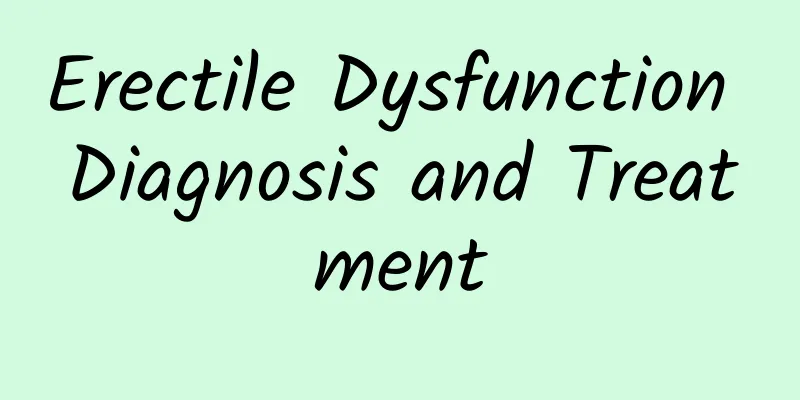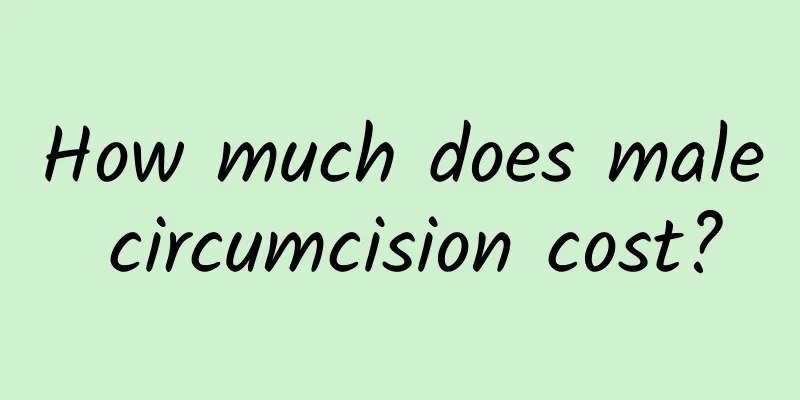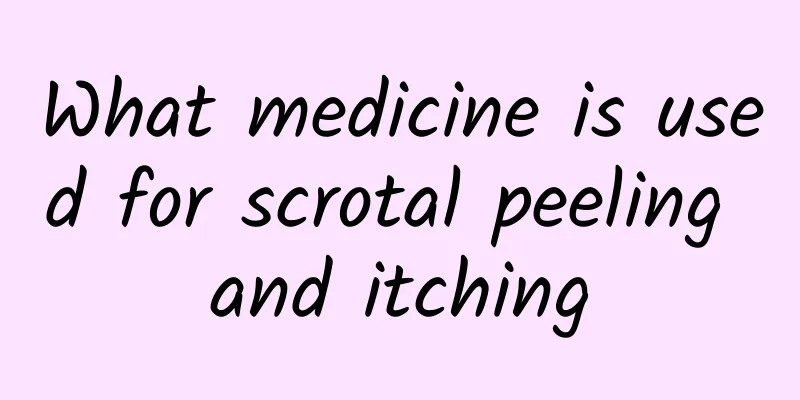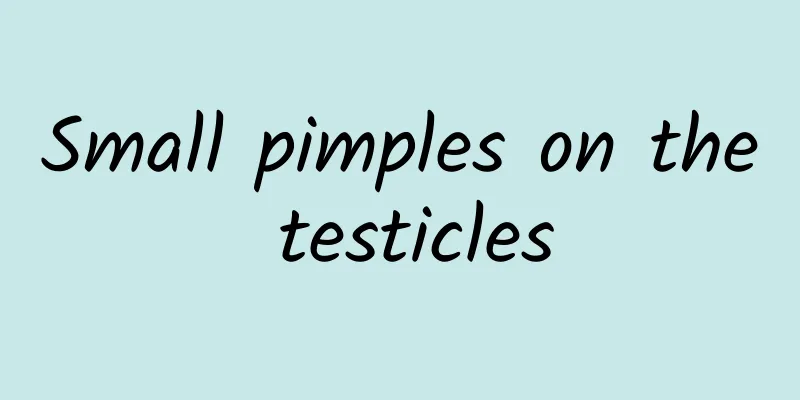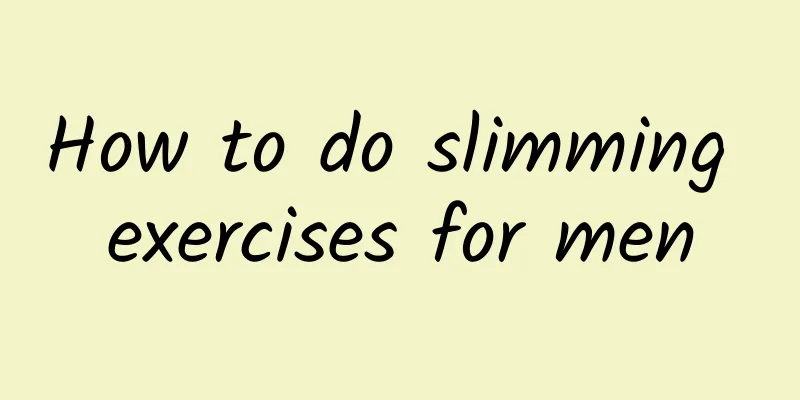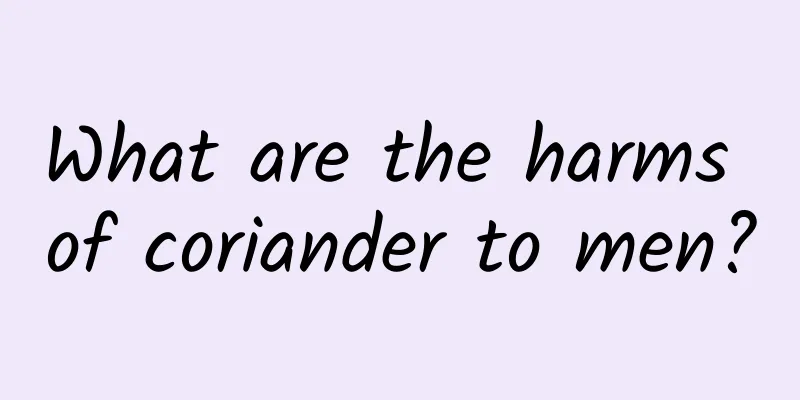Introduction to the treatment of prostatitis
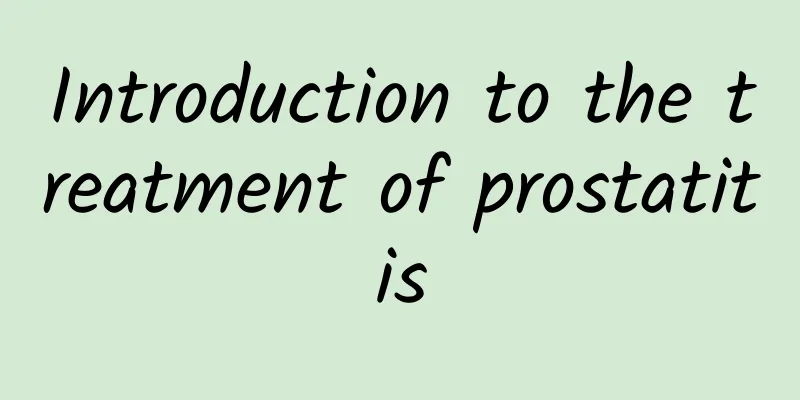
|
Nowadays, many male friends will have symptoms of prostatitis. Many male friends don’t know why there is a problem with their prostate, so we suggest that male friends should do a good job of protecting the prostate. Once the symptoms of prostatitis appear, they must actively seek treatment. Don’t delay the best time for treatment because of fear of embarrassment. So what good treatment methods can we use to deal with prostatitis? First of all, a clinical assessment should be conducted to determine the type of disease and select treatment methods based on the cause. Misunderstanding of the disease, unnecessary anxiety and excessive abstinence will aggravate the symptoms. Prostatitis may be a disease with mild or no symptoms, a self-limiting disease that can be relieved on its own, or a disease with complex symptoms that leads to urinary tract infection, sexual dysfunction, infertility, etc. The treatment of patients should avoid over-exaggerating the harmfulness of the disease to patients, and should also avoid taking a simple, negative, and blindly focused attitude towards antibiotic treatment. Individualized comprehensive treatment should be adopted. 1. Antimicrobial therapy The discovery of pathogenic pathogens in prostatic fluid culture is the basis for selecting antibacterial drug treatment. If patients with non-bacterial prostatitis have signs of bacterial infection and general treatment is ineffective, they can also be appropriately treated with antibacterial drugs. When choosing antibacterial drugs, it is necessary to pay attention to the presence of a prostate-blood barrier composed of lipid membranes between the prostate acini and the microcirculation, which hinders the passage of water-soluble antibiotics and greatly reduces the therapeutic effect. When prostate stones are present, the stones can become a shelter for bacteria. The above factors constitute the difficulty in the treatment of chronic bacterial prostatitis, which requires a longer course of treatment and is prone to recurrence. Currently, quinolone drugs such as ofloxacin or levofloxacin are recommended. If ineffective, continue to use it for 8 weeks. If recurrence occurs and the bacterial species remains unchanged, switch to preventive doses to reduce acute attacks and relieve symptoms. If long-term use of antibiotics induces serious side effects, such as pseudomembranous colitis, diarrhea, and the growth of intestinal resistant strains, the treatment plan needs to be changed. Whether non-bacterial prostatitis is suitable for treatment with antibacterial drugs is still controversial in the clinic. Patients with "aseptic" prostatitis can also use drugs that are effective against bacteria and mycoplasmas, such as quinolones, SMZ-TMP or TMP alone, used in combination with tetracycline and quinolones or used intermittently. If antibiotic treatment is ineffective and it is confirmed to be aseptic prostatitis, antibiotic treatment should be discontinued. In addition, using a double balloon catheter to block the prostatic urethra and injecting antibiotic solution from the urethral cavity back into the prostatic duct can also achieve the purpose of treatment. Type I is mainly treated with broad-spectrum antibiotics, symptomatic treatment and supportive treatment. Type II is recommended to be treated with oral antibiotics, and sensitive drugs are selected. The course of treatment is 4-6 weeks, during which the patient should be evaluated for the efficacy. Type III can first take oral antibiotics for 2 to 4 weeks and then evaluate the efficacy. At the same time, non-steroidal anti-inflammatory drugs, α-receptor antagonists, M-receptor antagonists, etc. are used to improve urination symptoms and pain. Type IV does not require treatment. 2. Anti-inflammatory and analgesic drugs Nonsteroidal anti-inflammatory drugs can improve symptoms. Generally, indomethacin is taken orally or in suppositories. Chinese medicine also has certain effects in using anti-inflammatory, heat-clearing, detoxifying, and hardness-softening drugs. Allopurinol can reduce the concentration of uric acid in the whole body and prostatic fluid. Theoretically, as a free radical scavenger, it can also remove active oxygen components, reduce inflammation, and relieve pain. It is an optional auxiliary treatment method. 3. Physical therapy Prostate massage can empty the concentrated secretions in the prostate duct and drain the infection focus in the obstructed area of the gland. Therefore, for stubborn cases, prostate massage can be performed every 3 to 7 days while using antibiotics. A variety of physical factors are used for prostate physiotherapy, such as microwave, radio frequency, ultrashort wave, medium wave and hot water sitz bath, which are beneficial for relaxing the prostate, posterior urethral smooth muscle and pelvic floor muscle, enhancing antibacterial efficacy and relieving pain symptoms. 4.M-receptor antagonists M-receptor antagonists can be used to treat prostatitis in patients with symptoms of overactive bladder such as urgency, frequency, and nocturia but without urinary tract obstruction. 5.α-receptor antagonists Patients with prostatitis, bacterial or non-bacterial prostatitis have increased tension in the prostate, bladder neck and urethral smooth muscles. During urination, the increased pressure in the posterior urethra causes urine to flow back into the prostatic duct, which is an important cause of prostatitis, prostatic stones and bacterial prostatitis. The use of α receptor antagonists can effectively improve prostatitis and urination symptoms, which is important for preventing recurrence of infection. α receptor antagonists should be used for a longer course of treatment to allow enough time to adjust the smooth muscle function and consolidate the therapeutic effect. 6. Prostate massage and heat therapy Prostate massage is one of the traditional treatment methods. Studies have shown that proper prostate massage can promote the emptying of the prostate duct, increase local drug concentration, and thus relieve the clinical symptoms of chronic prostatitis. Heat therapy mainly uses the heat effect produced by a variety of physical means to increase blood circulation in prostate tissue, accelerate metabolism, and help to eliminate tissue edema and relieve pelvic floor muscle spasms. 7.Surgery Surgical treatment can be used for recurrent chronic bacterial prostatitis. Prostatectomy can achieve the goal of cure, but it should be used with caution. Since prostatitis usually affects the peripheral zone of the gland, it is difficult to achieve the purpose of treatment with transurethral resection of the prostate. TURP can remove prostate stones and bacterial infection lesions near the prostate ducts, which is beneficial to reduce the reinfection of peripheral zone lesions. Chronic bacterial prostatitis can lead to recurrent urinary tract infections and infertility. 8. Other treatments It includes biofeedback therapy, transperineal external shock wave therapy, psychotherapy, traditional Chinese medicine treatment, etc. In the above article, we introduced what prostatitis is. We know that prostatitis brings great pain to male friends, so once we suffer from prostatitis, we should actively treat it. The above article introduces various treatment methods for prostatitis. |
<<: The 7 most deadly male diseases
>>: What to eat for men's sexual health
Recommend
My husband's erection becomes soft after a while
In the ordinary life of a couple, a harmonious se...
What foods are most harmful to men's kidneys? You should never eat these four foods
Kidney stones"text-indent: 2em; text-align: l...
What are the methods of muscle training for men?
Have you seen the strongmen in the movies? Are th...
Is coix seed really effective in treating flat warts?
Job's tears is a kind of food. It is similar ...
What are the methods for men to regulate their body weakness?
We all hope that our bodies are healthy and full ...
Can prostatitis cause dizziness?
Everyone must be familiar with prostatitis. It is...
What do men eat to grow muscles?
For those who have just started working out, they...
Thin people should not blindly exercise to gain muscle, but should first develop two major plans
I believe many people will find that there is a t...
Scrotal dandruff pictures
Scrotal dandruff refers to the shedding of white ...
How to treat penile induration
The surface of the male penis should be smooth, b...
What are the emotional manifestations of depression?
Depression is a common psychiatric disease recogn...
Can pumpkin seeds enhance sexual performance?
Nowadays, men are paying more and more attention ...
What are the secrets to acne treatment and skin care for boys?
Because boys tend to be more careless in their da...
Can zinc supplementation improve sexual performance?
Men have to face the problem of kidney function l...
Men must take care of this hair regularly to stay healthy
Combing hair is equally important for men. It is ...
